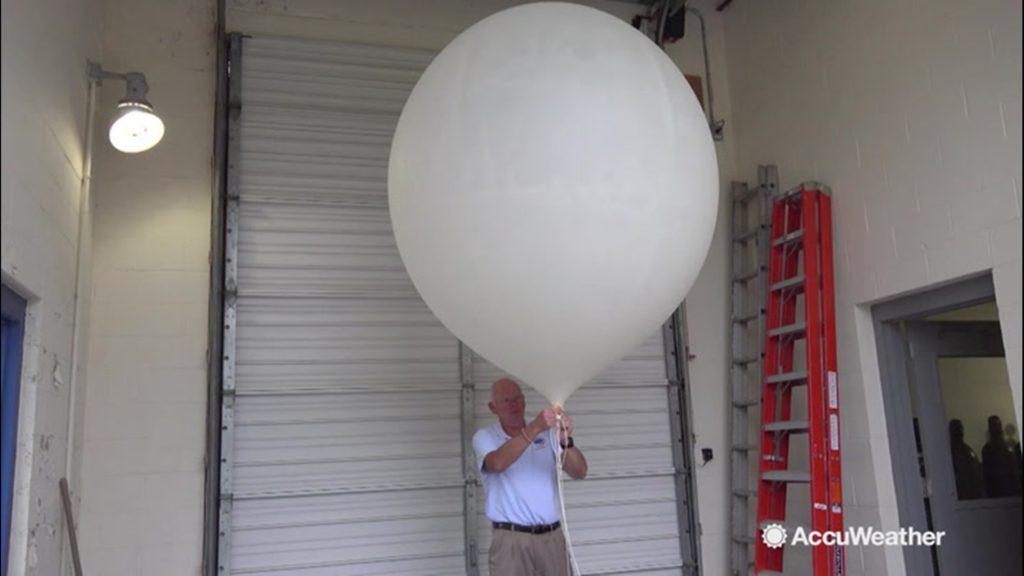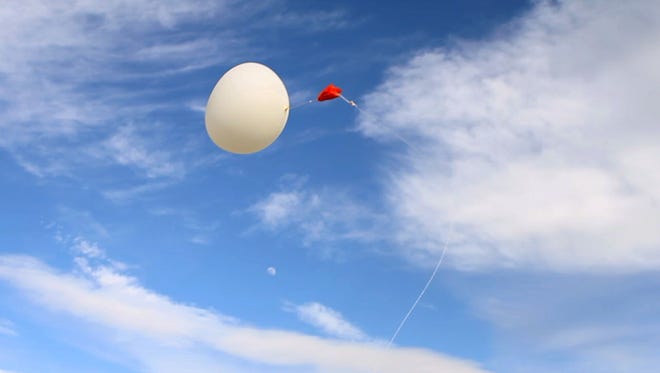Meteorologists’ 150 years old tradition of launching synchronized weather balloons to create forecasts is going high tech.
The following written content by Chaffin Mitchel

Synchronized weather balloon launches have helped meteorologists create forecasts over the past 150 years, and now the old tradition is going high tech.
Twice a day – every day of the year – meteorologists around the world launch weather balloons at the same time from roughly 900 locations around the globe. Those balloons often reach heights of 20 miles above Earth — or twice as high as planes typically fly.
Sensors beam data back down to Earth every few seconds as winds carry the balloons up to 125 miles away. These sensors help collect critical temperature, humidity, wind and atmospheric pressure measurements. Without this information, accurate weather forecasts beyond a few hours would be almost impossible.

Most of these launches require one or two meteorologists. Tying knots, attaching nozzles and filling balloons with hydrogen is a daily duty for Tom Bradshaw, a meteorologist for the National Weather Service in Fort Worth, Texas. AccuWeather National Reporter Bill Wadell dove into the history – and the future – of weather balloon technology with Bradshaw.
“Upper-air observations from balloons, from radiosonde instruments attached to balloons, is really one of the best ways we have to get observations,” Bradshaw told Wadell.
The sensor, which is the radiosonde instrument, is powered by a small battery and attached to the balloon; this is what measures the pressure, temperature and relative humidity as it ascends up into the atmosphere. The balloon and sensor often endure temperatures as cold as minus 139 degrees Fahrenheit, air pressures only a few thousandths of what is found on the Earth’s surface, ice, rain, thunderstorms, and wind speeds of almost 200 mph, according to the NWS.
“It’s really unrivaled in terms of getting very detailed profiles of the atmosphere in terms of temperature, humidity, wind speed and direction from the surface up to about 100,000 feet,” Bradshaw said.
The first reports of synchronized releases date back to November 1870 when balloons were launched from 25 locations across America. Read more from AccuWeather.





